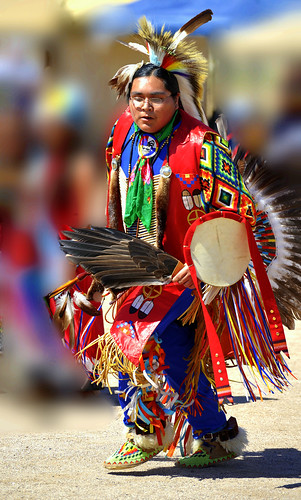A Wikipedia page caught my attention lately, an article on the Languages of Mexico. Spanish naturally came to mind and the vast majority of its 120 million citizens do speak that. I figured there were probably a number of indigenous languages as well and that was likewise true. For example at least a million people in central Mexico speak Nahuatl either as a primary or a secondary language. That’s the ancient language of the Aztec people.
However, 12MC focused on the other end of the scale, straight down to the bottom of the list. That’s where I found the least spoken of the 68 nationally-recognized Mexican languages. The bottom three languages had less than two hundred Mexican speakers each. Sources varied on the exact number although each qualified as threatened or moribund, and possibly in danger of extinction.
I discovered a website previously unknown to me in the process, Ethnologue – Languages of the World. The source listed information for more than seven thousand living languages. It became a great resource during my search and I’m sure I will return to it in the future.
Mocho’
![Joseeasoto [CC BY-SA (https://creativecommons.org/licenses/by-sa/4.0)]](https://upload.wikimedia.org/wikipedia/commons/f/f0/Motozintla_de_Mendoza_.jpg)
Mocho’ (alternately Motocintleco, Motozintleco, or Qato’k) is a Mayan language. Speakers live in the Mexican state of Chiapas, practically on the border with Guatemala. Two distinct dialects existed, in Motozintla de Mendoza (map) and Tuzantán (map).
Ethnologue noted the extremely endangered status of this language. An average resident probably wouldn’t encounter anyone speaking Mocho’ in either of those towns simply by happenstance; only “older adults” in “home only” spoke it. No known monolingual speakers of Mocho’ existed anywhere.
Kumiai

The Kumeyaay (formerly Diegueño) people speak Kumiai, a Yuman language. Unfortunately, Yuman languages occupied a relatively small geographic footprint even during its heyday. They covered modern Baja California plus portions of adjacent California and Arizona on the US side of the border.
These people greeted Juan Rodríguez Cabrillo when he landed at San Diego Bay in 1542. They occupied the land long before the first Europeans explored the west coast of the future United States. An exhibit recognizes the Kumeyaay contribution at Cabrillo National Monument on the southern tip of Point Loma (map)
Currently 13 bands of Kumeyaay live in the United States and 4 live in Mexico. The southernmost grouping resides at La Huerta, “located on the edge of a remote mountain wilderness area about 70 miles south of the U.S.-Mexican border, and 30 miles east of Ensenada“. There, the Kumiai Community Museum in Tecate attempts to preserve their cultural heritage.
Ethnologue estimated about 370 Kumiai speakers spread across both sides of the border. None of them were monolingual. Kumiai qualified as moribund although preservationists are teaching it to new generations.
Tohono O’odham

Tohono O’odham occupied an historical range throughout the Sonoran Desert, roughly southeastern Arizona through northwestern Mexico. Unfortunately an international border runs through Tohono O’Odham territory today. This happened through the Treaty of Guadalupe Hidalgo that ended the war between Mexico and the United States in 1848 and then the Gadsden Purchase of 1853. Yet, this never caused a problem until recently.
“Initially, and for over one hundred years, the Tohono O’odham were able to pass freely over the border. However, in the mid-1980s the border was tightened in an effort by the Immigration and Naturalization Service (INS) to stop illegal immigration and drug trafficking. Consequently, a barbed wire fence dividing the reservation in half and increased border patrol has made passing across the border difficult for tribal members. Entry anywhere but official check points is illegal and the entry points nearest to the reservation are 90 to 150 miles away.”
The Tohono O’odham people never recognized a border and moved freely amongst themselves. This made it possible for them to maintain family ties and participate in festivals such as the annual pilgrimage to to Magdalena de Kino (map) in Sonora. Historically, Tohono O’odham extend as far as 90 miles south of the border into Mexico.

Leave a Reply